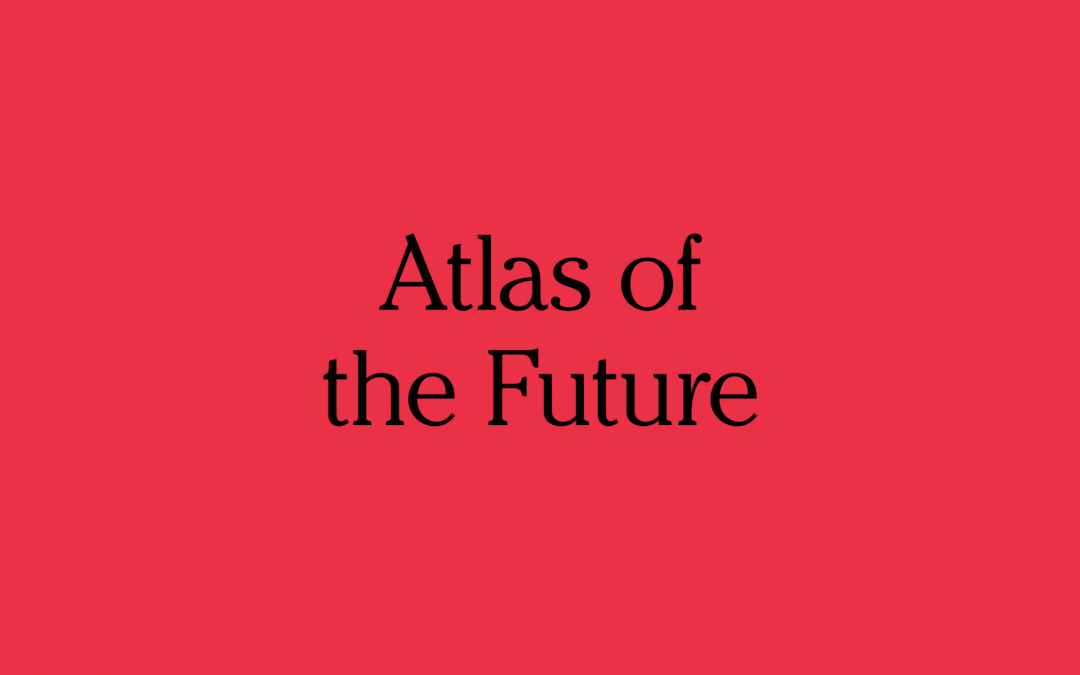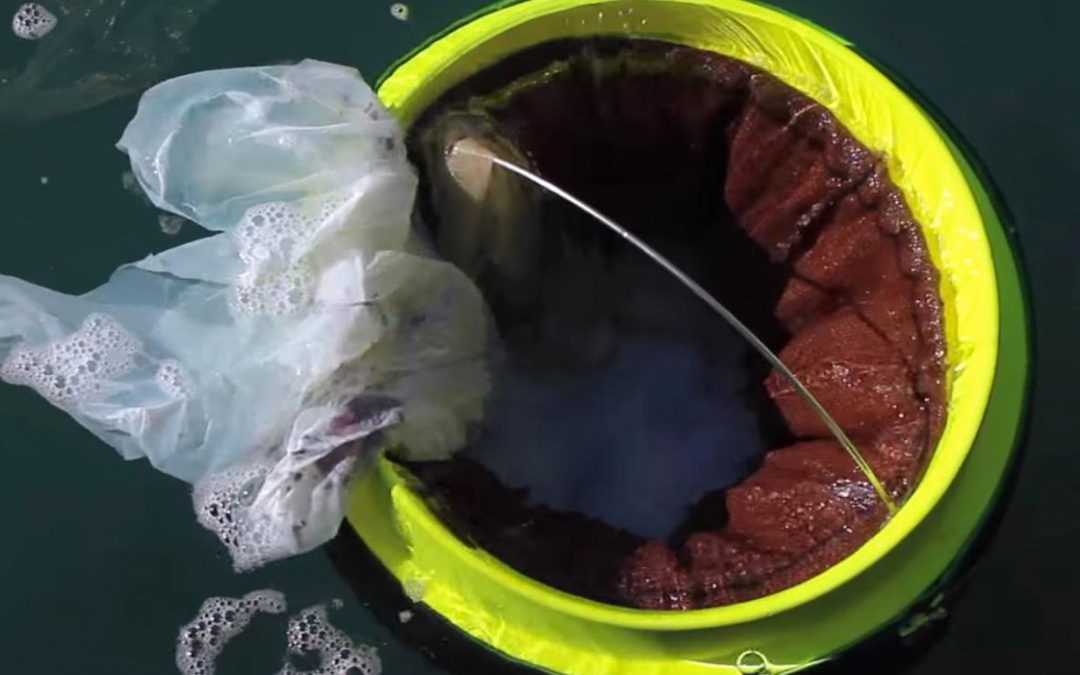
Atlas of the Future – democratise the future
Atlas of the Future is an online resource mapping innovative, future-focused, socially impactful projects and people around the world. Our mission is to ‘democratise the future’. This means making sure developments are understandable and entertaining – not just in science and tech, politics or culture, urban planning or education, arts and design – but stories in every area of human activity.
We are not a large group, just concerned citizens who believe everyone should have a share in the way the world will be.
It is true that we face daunting problems and that our obsession with the short‐term has caused a global financial crisis and created environmental disasters. But it is because we believe in the future that we are optimistic. ‘Optimism is a strategy for making a better future,’ says the American intellectual and activist Noam Chomsky. ‘Because unless you believe that the future can be better, you are unlikely to step up and take responsibility for making it so.’
If you agree, then help us make it so by bringing together the most ambitious and inspiring projects for the future in one place. It can be your own project or someone else’s. It might be a technological innovation, an environmental advance, a medical breakthrough or an ambitious social programme. We don’t mind. As long as it is an innovation for the greater good, then please share it with the Atlas of the Future.
This information comes from the website of Atlas of the Future.
